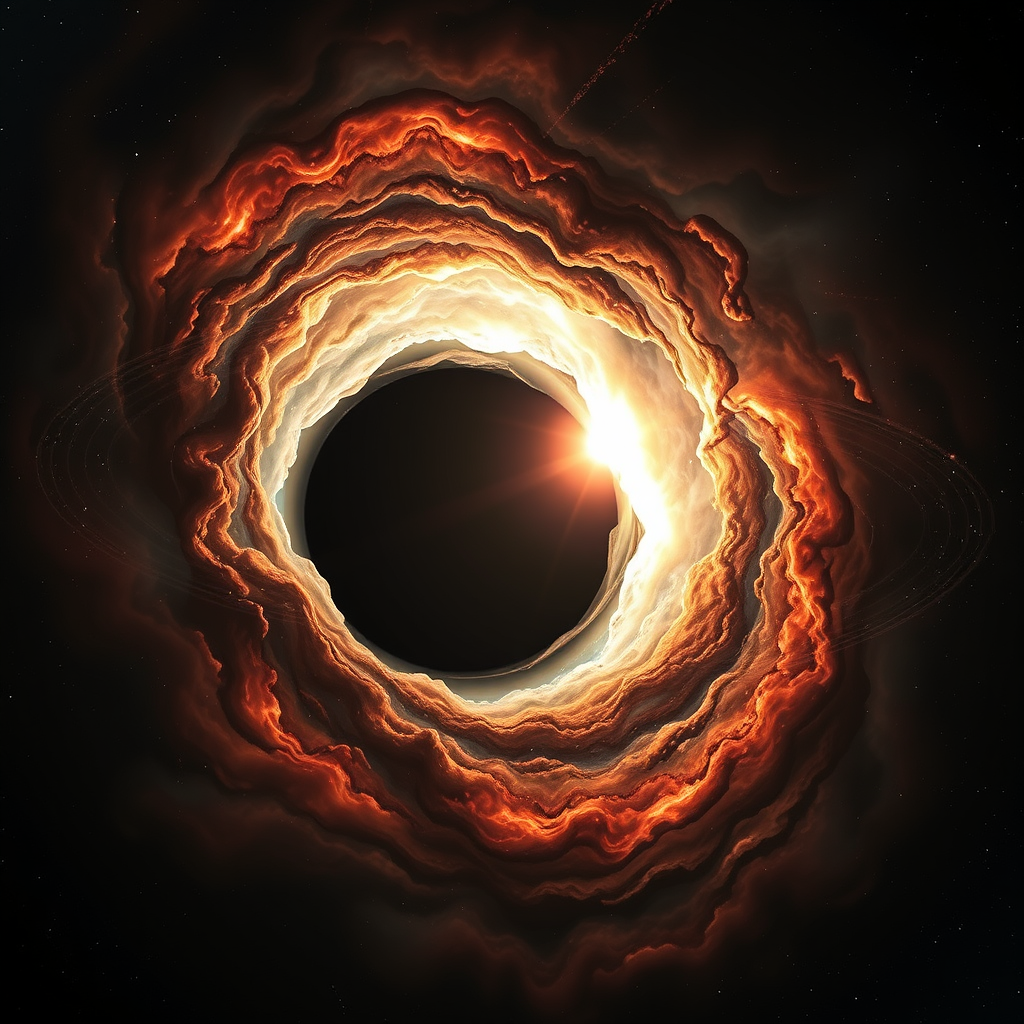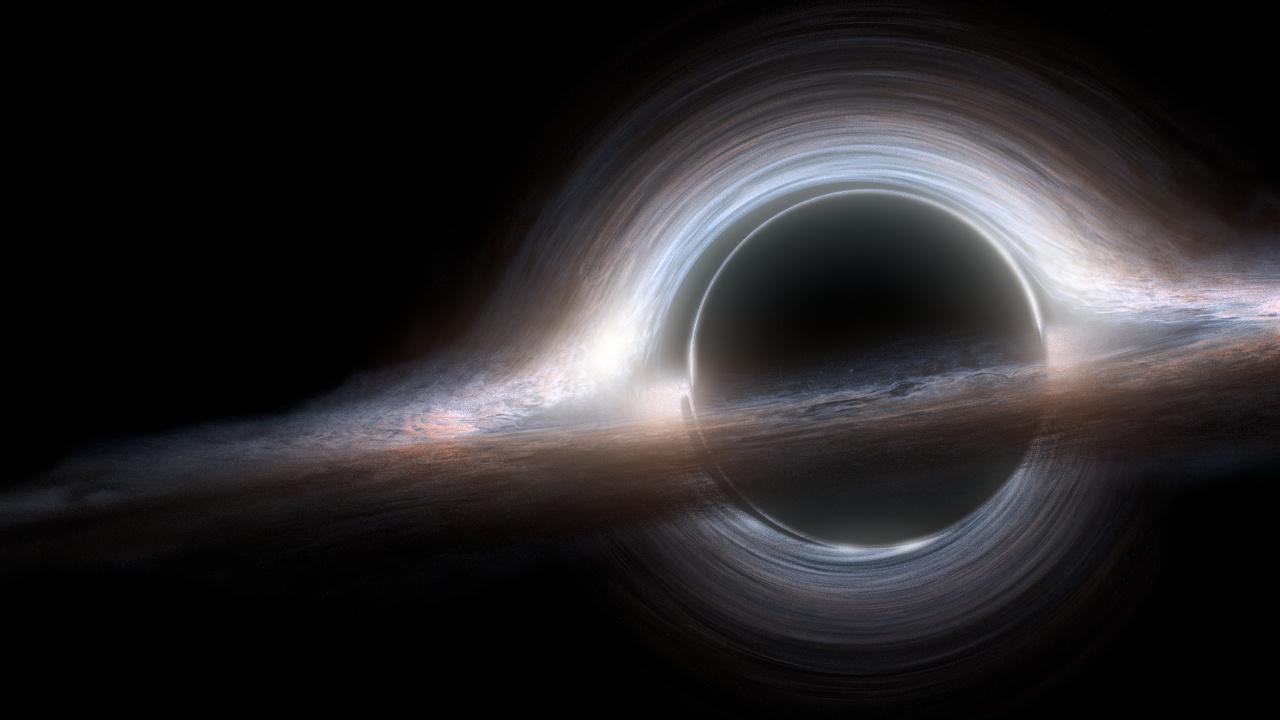Recent studies of supermassive black holes have significantly changed our understanding of the evolution of galaxies, questioning current ideas about their formation. Research has shown that black holes can regulate star formation, allowing scientists to better understand the structure of the Universe and the distribution of galaxies in space-time.

A new study by Chinese scientists has revealed an important impact of supermassive black holes on galaxies. By studying 69 neighboring galaxies, Chinese and French scientists have discovered that a black hole at the center of a galaxy can heat the surrounding cold gas, preventing it from condensing into new stars. This discovery helps explain why some galaxies continue to evolve while others go into a “dormant” state.
The results show a direct dependence between the mass of a black hole and the presence of cold gas, which is critical for star formation. Lead researcher Wang Tao of Nanjing University notes that galaxies with larger black holes contain less cold gas, which reduces star formation. The scientist compared this process to placing an upside-down glass over a candle – as the flame extinguishes due to lack of oxygen, so the black hole stops star formation by blocking the access of cold gas.
Previously, scientists were already aware of the relationship between the mass of a black hole and the mass of stars in a galaxy. However, up until this point, there has been no direct evidence that black holes can suppress star formation.

The researchers focused on atomic hydrogen, a key component of star formation, and found that its presence is more closely related to the mass of a black hole than other factors, such as the total mass of stars or the size of the galactic bulge. This indicates that the mass of the black hole is a determining factor for the amount of cold gas available for star formation.
Wang Tao proposed two possible explanations for this phenomenon. First, black holes can eject gas from a galaxy, but this theory has problems because many galaxies continue star formation despite the presence of active black holes. Second, it is more likely that jets from black holes heat the intergalactic gas, which prevents it from feeding the galaxy, known as “galaxy starvation.” This theory is supported by numerical models.
The team plans to test their findings using data from China’s FAST radio telescope and future Square Kilometre Array telescopes in South Africa and Australia.
We previously reported on how the “starvation” of a supermassive black hole was spotted from a distance of 300 million light-years.
According to techspot.com


